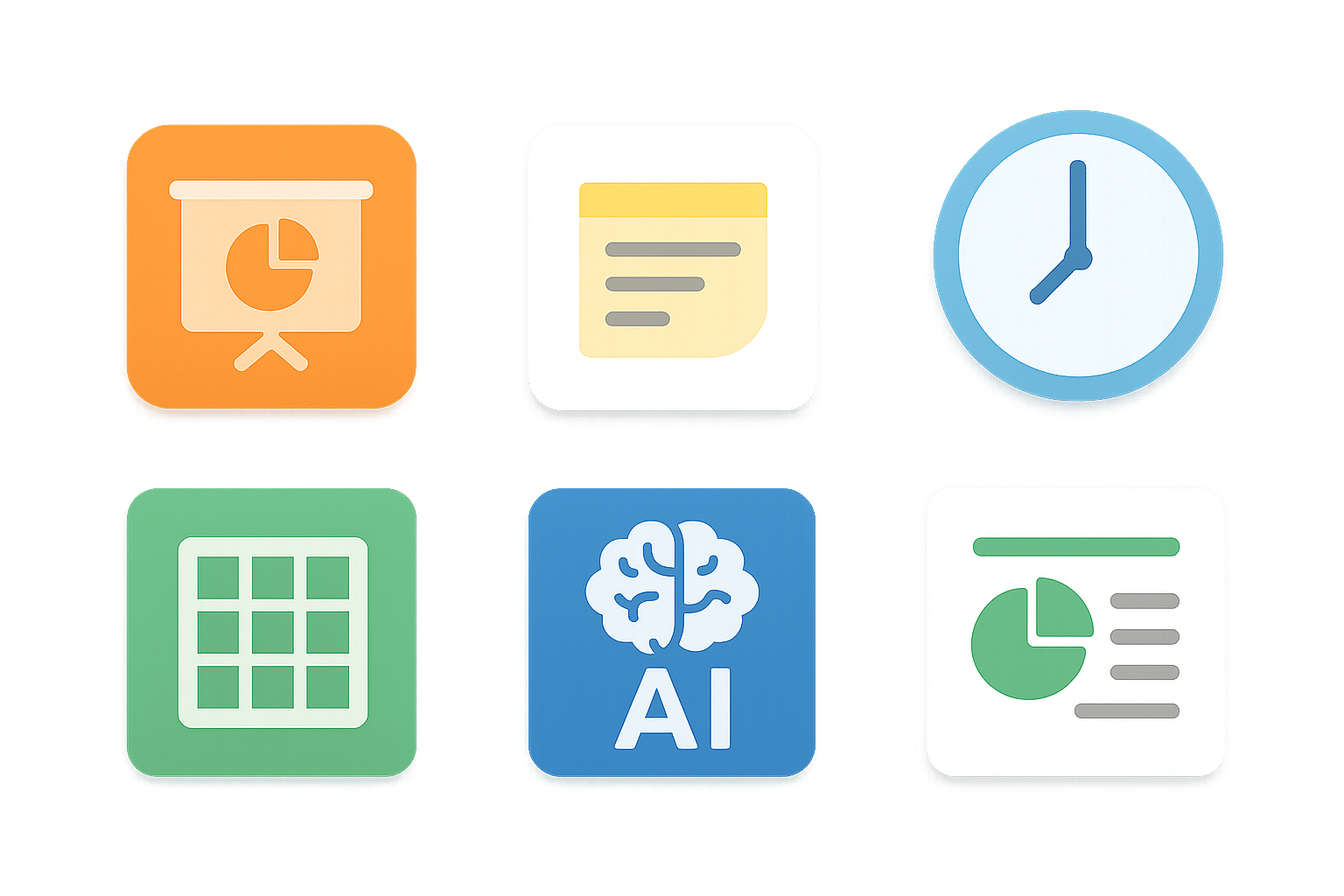Consulting services: move from a service to a product model
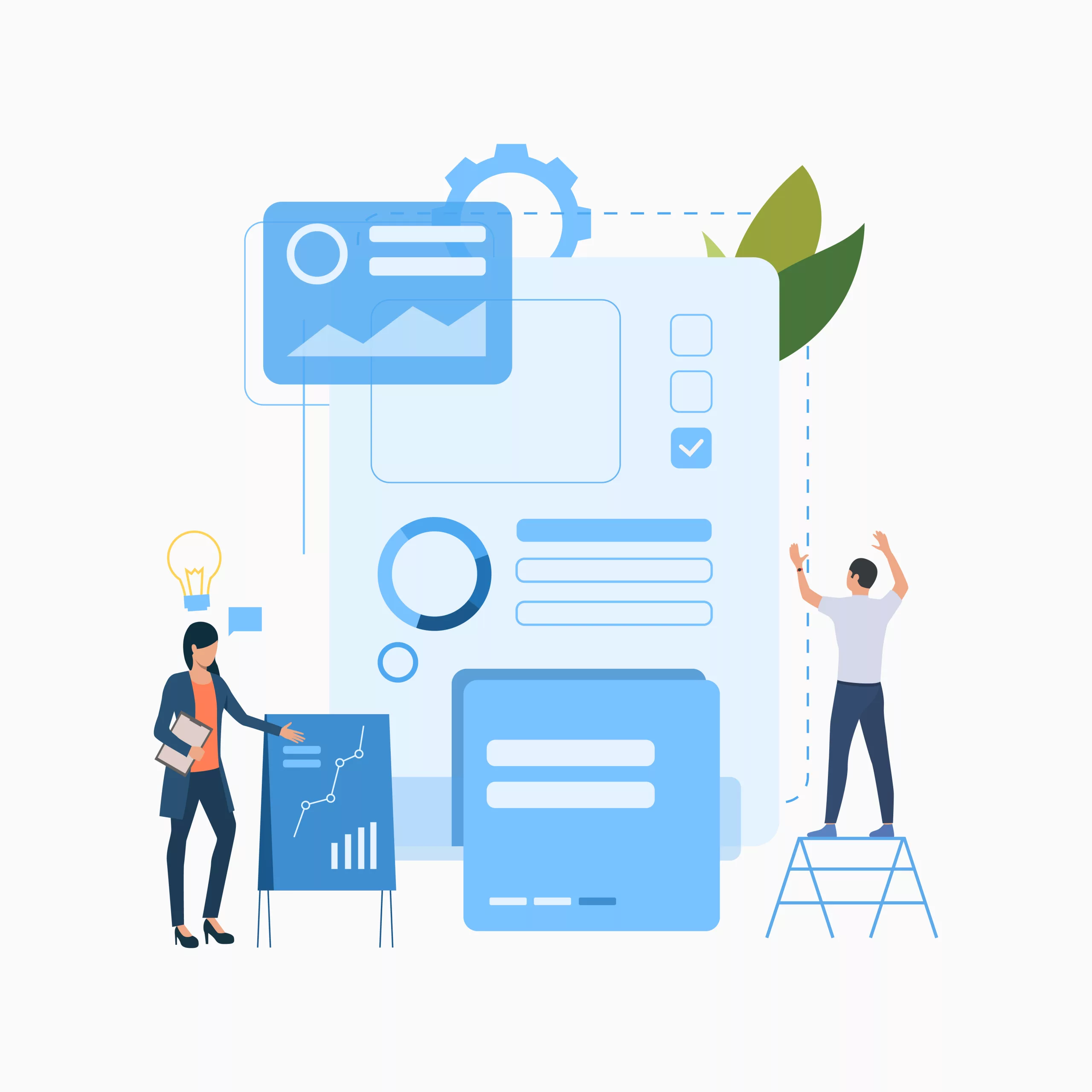
1. Differentiate between the product model and the service model
Before we understand the steps that make this transition possible, let's start by clearly defining what we're talking about.
a. What is the service model?
The service model is focused on personalization and tailor-made. Even if there are similar types of customers, in the end each one remains unique and requires a heavy investment of time to create a relationship of trust.
Take the case of a consulting company: each client is assigned one or more dedicated consultants, account managers or even customer success.
Thus, the service model is truly based on the availability of the company's resources, requiring strong recruitment and training skills. In addition, the quality of service varies greatly as it depends on the specificities of the project.
As a result, the activity of a company with a service model turns out to be quite irregular and its revenues difficult to predict. This complicates not only the management of its cash flow but also its sustainability.
b. What is the product model?
Unlike the service model, this one is based on standardization.
The objective is to offer a global offer, easier to sell on a large scale.
This way of working reduces costs by limiting the time spent on employee involvement and thus extending its sales target. Indeed, once the product is marketable, the effort remains the same whether it is sold 50 or 200 times.
In the digital world, the product model takes various forms: a tangible product such as a file (such as ebooks), software or a subscription.
Estimating a turnover then becomes much more accessible because it corresponds to the number of sales to be made.
As a result, scaling a business is much more feasible with a product model.
c. How to differentiate a service model from a product model?
Consider this diagram:
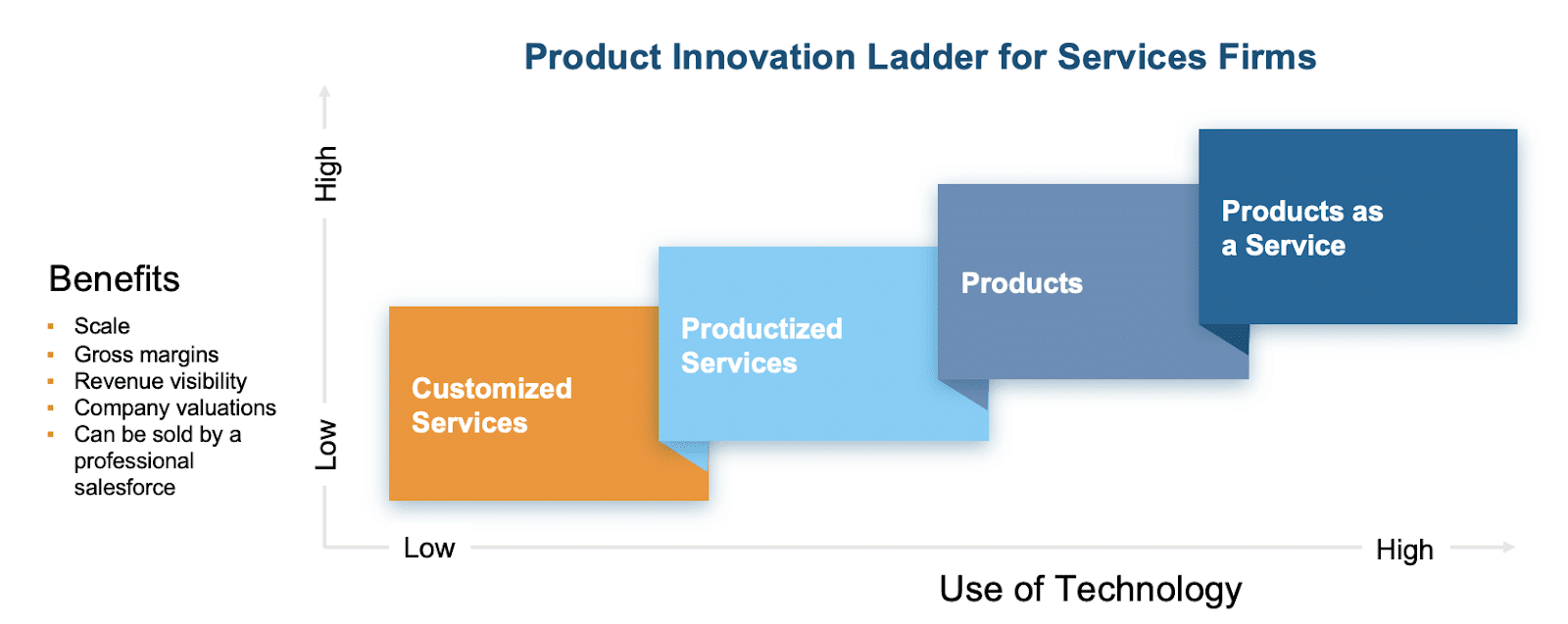
-
The role of technology
As noted, the greater the degree of productization, the more it involves technology. Automation then takes on a crucial role, especially for repetitive and low-value-added tasks, thus generating considerable time savings.
Selecting the right tools and training teams in these new methods is crucial. Effective use of CRM tools and the selection of activity management software such as Stafiz become essential.
-
A stronger perceived value
Comparing two quality of service is not always easy as they depend on the project, the context, the client, the period, etc. The tangible product allows for a clearer comparison and the perceived value remains broadly the same over time.
-
A certain continuity
If the services and products seem to be opposed, the line is in fact blurred. Indeed, both are progressing in the same direction but to different degrees. This reality is also represented in the diagram from which 4 forms emerge:
- Personalized service
- Productized service
- The product
- The product as a service
Some companies choose to be halfway between several models.
2. Why move from a service model to a product model?
a. Improve your efficiency
A company that moves from a service model to a product model sees its efficiency increase. Indeed, once the product has been developed and the sales strategy defined, the offer is ready to use : it takes shape in the same way for each customer. This limits meetings and various back and forths.
This transition is therefore often accompanied by a gain in productivity, allowing them to focus on higher value-added tasks such as research, product development or taking into account user needs.
b. Enable more granular task breakdown
In a service model, the sales cycle is strict to ensure maximum consistency. Each step depends on the previous one.
With a product model, each skill or service can be broken down into modules. Thus, the customer selects those that interest him without having to pay for a full service. This allows you to reach a larger number of potential customers.
c. Increase your turnover
The product model offers better profitability compared to the service model.
Indeed, it allows you to charge more without incurring more costs. The effort is the same, while the number of sales increases, thus offering the possibility of a higher margin.
In addition, the improvement in productivity mentioned above frees up time to approach customers with higher budgets.
d. Improve cash management
By switching from a service model to a product model, you improve your cash management. Indeed, income is more regular and can more easily be anticipated. As a result, it facilitates the anticipation of cash flow and improves the financial stability of your company in the long term.
e. Strengthen your customer relationship
The product model, while limiting personalization, does not prevent a trusting customer relationship.
This is because the product model involves payment for results, not time spent.
It is therefore in the interest of each party to see the objective achieved as well as possible and as quickly as possible.
Both the customer and the service provider benefit from this, with increased mutual trust.
Transitioning from a service model to a product model has many benefits, both for the daily work of the teams and for the company's finances . However, this change requires some upheavals, such as the evolution of the customer relationship, the modification of the company's organizational structure or the need to evolve the commercial discourse.
3. How do I transition from a service model to a product model?
a. Understand your customers' needs
The first step is to fully understand your customers' needs and how you are currently meeting them. Moving from a service model to a product model does not necessarily mean changing customers, but methods.
To do this, you can use several tools that will help you identify the essential features to keep during your transition:
- Returns to customer service
- Trade in trade negotiations
- Reviews of your business
- Conversations with your customers
- A dedicated questionnaire
Don't hesitate to ask your customers directly about their expectations.
b. Prioritize
Once you've listed all the features, you'll need to prioritize.
Ask yourself the questions that seem essential to you:
- What is my customer's goal when they use my service?
- What problems is my client trying to solve ?
- What solution can I build to address his problem?
- Am I sure that the solution I am proposing provides a satisfactory answer ?
c. Determine the structure of your offer
Switching to a product model can take many forms. Indeed, some companies simply decide to add a product line to their current model, while continuing to offer their services. In this specific case, it is not a question of replacing, but of building a complementarity of the proposed offers.
This structuring step is crucial in the construction of your product and requires careful consideration. You should not only consider your customers' goals to achieve, but also think about your own ambitions.
d. Identify tasks that can be automated
Automation plays an important role.
Consider all the features to integrate into your product.
List all the ones that can be automated or facilitated. Many tools are developed every day, so don't hesitate to keep a regular watch.
Studying the competition will also allow you to identify relevant technologies .
However, remain vigilant: while the use of technology is intended to save time, it must not alter the quality of the service delivered.
e. Build a standardized product offering
-
Analyze your competition
Studying your competitors in detail through a benchmark will not only allow you to identify important features to include, but also to get an idea of the market prices. Test their offer, contact their customer service, consider their sales pitch by presenting yourself as a potential customer.
-
Involve your teams
The shift from a service model to a product model impacts the entire company. Therefore, involving your teams is essential since they will be directly involved.
Soliciting your employees and maintaining a high level of transparency will maximize their engagement : their loyalty will be strengthened. In addition, it will stimulate initiative and dynamism within the company.
Eisha Armstrong's book "How to Transform a Services Culture and Successfully Productize" should accompany you on this topic.
In addition, you will collect the information you need to create your offer thanks to the collaboration of all your teams: from customer service to marketing, including technical, finance and administration.
-
"Simple is better"
Stay as functional as possible. Offer your customers a smooth transition by offering them a clear and easy-to-use product. You will probably have to evolve it later thanks to the changes in your market, but start simple, even if it means iterating quickly.
While moving from a service model to a product model will most certainly expand your customer portfolio, the idea is to maintain the trust you've already earned. Make sure the transition supports the quality of service you're known for.
-
Develop an offer adapted to your company
Build a product offering that not only matches your customers, but also remains consistent with your company's image and values.
Indeed, this change in model generates many questions, particularly about the company's long-term vision .
Another dimension comes into play: price. The rates charged by your competitors may already represent a lead. Take the time to identify the right price at which to offer your product. It must allow you to ensure profitability while remaining consistent with the expectations of your target.
4. Examples of companies that have successfully transitioned to a product model
a. Productized service
Many companies straddle the line between service and product, thanks to the development of technological tools. Here are two French examples.
-
Moka.care
The company, which specialises in corporate mental health, offers a variety of services ranging from the implementation of coaching for managers, to employee support and crisis management.
However, the startup has also developed physical products to support this mission: a chatbot, a dashboard and a set of on-demand training.
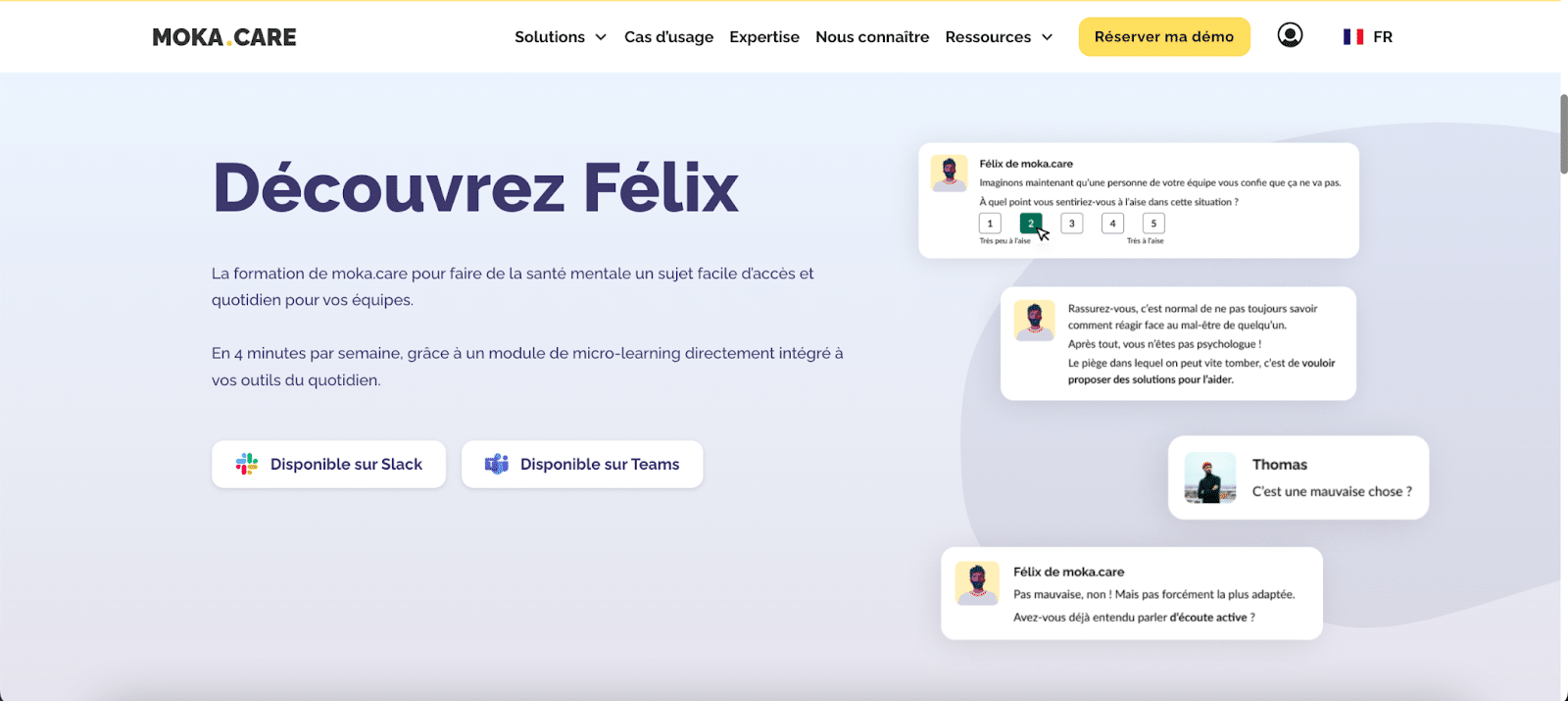
These digital tools allow it to support its growth. Its customers become more independent, Moka.care then has more bandwidth to develop with a larger number of customers.
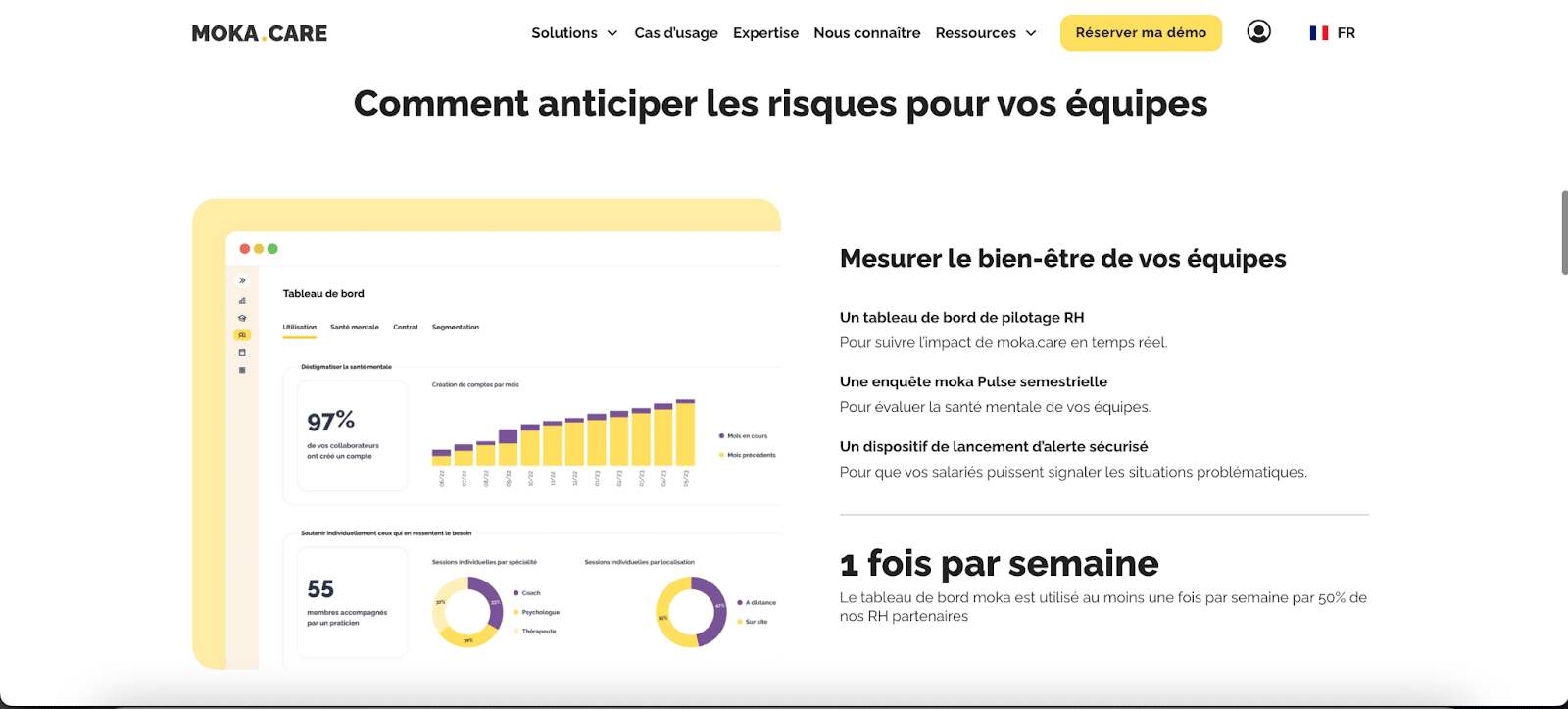
-
Ignition Program
This agency specializing in recruitment and training combines human expertise with technology. The company's vocation is to support both recruiters and candidates.
To fulfill this mission, it develops HR resource tools to help its interlocutors prepare for exchanges as well as possible. Needs are determined in advance, everyone saves time, the agency can handle a wide variety of profiles.
The professional alignment barometer, for example, helps the candidate to get to know himself or herself better. The recruitment profitability simulator allows recruiters to determine the real cost of recruitment.
b. Product
Some companies or entrepreneurs whose specialty is personalized support have chosen to produce products. These players have not made a 360° turn but continue to offer two offers that then become complementary.
-
Maud Alavès and Thibault Louis
Content creators Maud Alavès and Thibault Louis with their Linkedin manual are an example of this. These two entrepreneurs, who are particularly famous on LinkedIn (64,000 and 90,000 subscribers respectively), used their knowledge and notoriety to develop this project. Sold for about fifty euros, it fulfills several objectives:
- Generate a regular income
- Establish their credibility in order to generate individual support requests , billed at several thousand euros
c. Product as a Service (PaaS)
Other companies have adopted the subscription-based approach, while continuing their consulting services.
-
Piano Analytics
This digital platform, and in particular its French branch AT Internet specializing in digital analytics, is a powerful software but can be complex to use. Its customers access it through a subscription, thus generating a regular income.
However, the implementation and the need to carry out specific analyses or to train teams internally are sometimes necessary. Consultants then intervene, both on short-term and long-term assignments, providing another source of income for the company.
Many software publishers have opted for this model: Adobe, SAP, Salesforce, etc.
-
Swapfiets
This Dutch bicycle leasing company offers the provision of a bicycle for a monthly subscription. The user benefits from a state-of-the-art product, always in good condition thanks to the repair services included.
Swapfiets has truly embraced the "product as a service" model by focusing on recurrence, thus ensuring regular revenues. The company then meets the needs of its users: the provision of a bicycle.
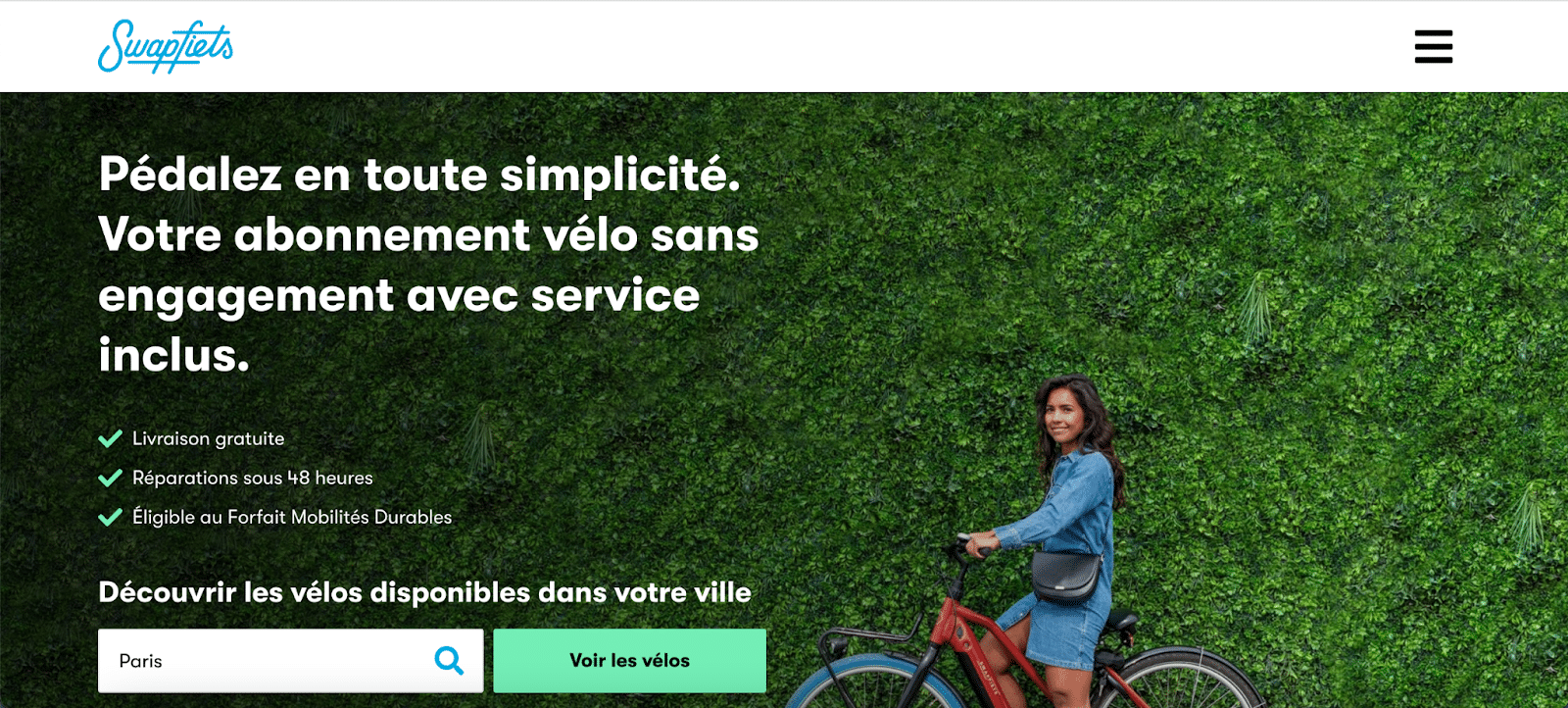
More and more companies are adopting this model, driven by ecological motivations. This is the case of Homie, dedicated to the leasing of household appliances.
Unlike a classic model that favours the product, Product as a Service highlights the benefit provided. The software thus offers a global and scalable experience rather than a simple access to the tool. For example, Figma provides its software, but also a community, training and new features. The software evolves with the needs of its customers. The pricing system changes from a fixed price to a personalized rate based on the needs sought and the number of users.
How do I scale my consulting activity?
Finally, in the end, isn't the subject how to scale companies with consulting activities? This is the question we asked ourselves at the beginning and it is Stafiz's mission.
How can you save time, avoid repetitive tasks and focus on the essentials of your business?
Consulting firms lose productivity and scalability for the following reasons:
- Poor collaboration (missing information, email communication)
- Lack of visibility on the activity. You can't track and improve what you don't measure accurately.
- Data compilation & manual tasks (double entry, file updates, faulty connection of management tools)
To scale your consulting business, it is essential to optimize the processes that cause you to lose performance:
Pre-sales, resource planning and resource capacity planning
- Anticipate the needs, missions and deals that will be signed in the coming weeks. Without this well-done process, you can't organize and pre-staff your talents in an optimal way. Stafiz helps you manage your pre-sales to better organize your projects in advance.
- Build the best project teams for today and tomorrow. How can you anticipate your resource requirements, identify them and combine them appropriately for each of your projects? Stafiz enables you to organize your resource capacity planning and your resource planning automatically and efficiently.
- Resource allocation. How can you easily monitor, modify and optimise your employees' schedules and workloads: avoid overloads, underloads or long inter-contracts? Stafiz allows you to be more efficient with unified views that are always up to date. No more exchanges by email or chat.
Learn more about the resource planning with Stafiz
Project and budget tracking
- Unforeseen events happen, the schedule and profiles allocated to the project are modified, cost items are added, how do you keep track of all these items and not forget anything? Stafiz allows you to track all costs.
- Financial monitoring. If you want to know the financial impact of the measures you are thinking of taking or that you have taken, Stafiz presents you with your KPIs that are always up to date and at the end of the projects. This means that these KPIs are constantly recalculated based on your actions. You can therefore compare your scenarios and do the gap analysis (and be alerted in case of risk of deviation).
- Overall monitoring of your project portfolio. How to compare your projects and choose the best ones? How do you align strategy with operations? Stafiz gives you dedicated views for quick decision-making.
Invoicing and cash management
What should be charged? What hasn't been billed yet (and should have been)? What has not yet been resolved by your customer?
Stafiz allows you to track all this in an automated way: invoice schedules and triggers, reminders and reminders, mass invoicing, purchase order management. Learn more about invoicing with Stafiz.
Conclusion
Moving from a service model to a product model is a major project within a company. However, the benefits are worth it: better profitability, improved cash flow and most importantly, the ability to scale your business on a larger scale. To make this transition successfully, we strongly recommend that you take the time to prepare.
Involve your teams, your customers, analyze your market, think strategically with a long-term vision. Use the technologies to support you in this strategic change: automation tools, but also project, activity or management tools. resource planning like Stafiz to support you in your decision-making. Finally, keep it simple : "good design is as little design as possible"!
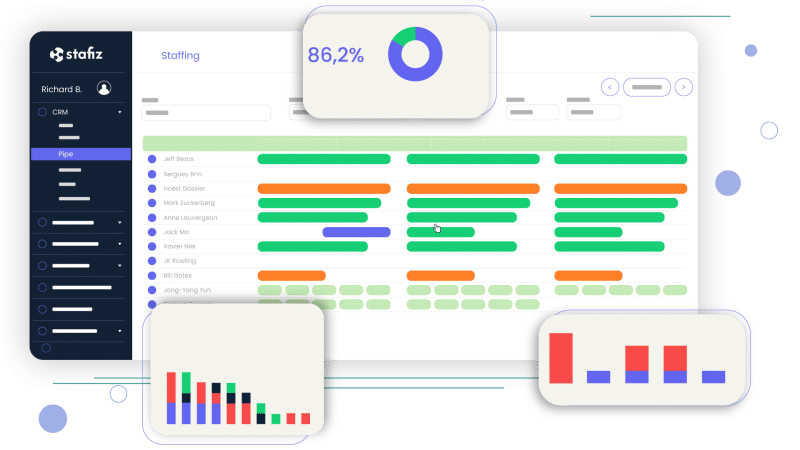
Stafiz is a modular or all-in-one ERP that allows you to manage your portfolio of projects and customers even more efficiently and profitably. Stafiz is primarily dedicated to consulting firms and more broadly to professional services.



